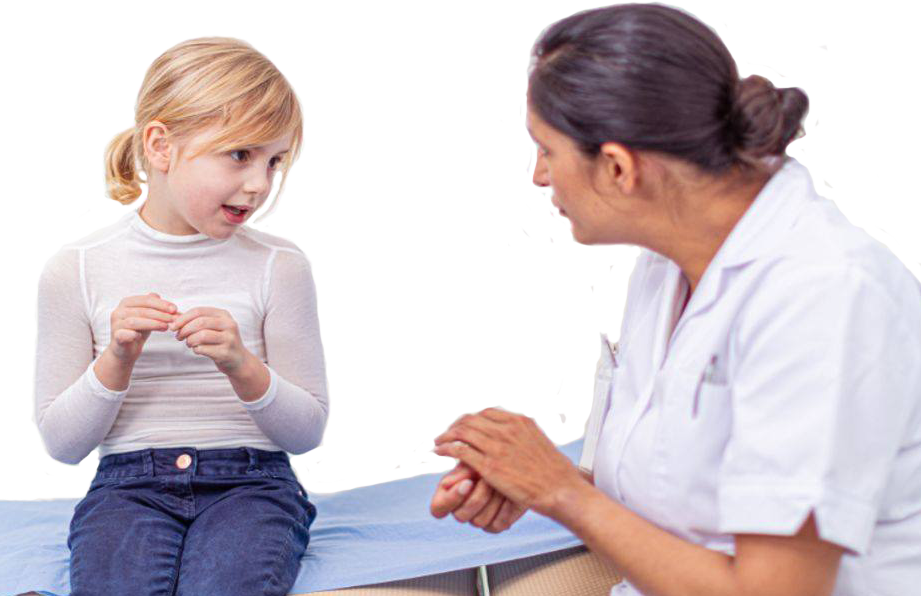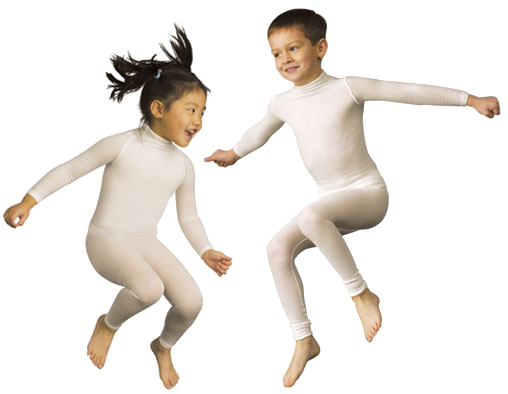Wet Wrap Therapy
We have a digital Educational Booklet with detailed information about the Wet Wrapping Therapy. You can VIEW & SAVE your copy clicking here: Wet Wrapping Therapy for Eczema - Step by Step
Please download the PDF file with all the information you need: Tubifast Garments Info Sheet
Wet Wrapping Technique with Tubifast and Epaderm - Eczema Care and Relief
If it seems that absolutely nothing will alleviate that red, cracked, and unbearably itchy skin, you may want to try the Wet Wrapping Therapy (also known as Wet Dressing Therapy). It consist of dressing and wrapping the child or adult in wet wraps or clothing.
This technique can be a very valuable component of treatment for widespread and localised atopic eczema of moderate severity. However, to be effective it requires a substantial commitment on the part of both the child and the carer.
Studies show that wet wrapping therapy can effectively re-hydrate and calm the skin. In one such study, children with severe eczema (atopic dermatitis) who had not responded to other treatments were treated with wet-wrap therapy. All children experienced significant improvements. In just one week, there was a 74% average reduction in itch and the children had less sleep loss. Improvement to their skin lasted well beyond the 2 weeks of treatment. In addition, the healthy skin was maintained without or reduced use of medications that were normally prescribed to the patients.

Wet Wrapping works in three different ways:
1. Cooling - as water gradually evaporates from bandages/garments this cools the skin and helps relieve inflammation, itching and soreness.
2. Moisturising - emollients covered over with wet bandages/garments are deeply absorbed into the skin to provide a longer lasting moisturizing effect.
3. Steroid absorption - enhanced absorption of topical steroid molecules into both the superficial and deeper layers of skin where inflammation is present.
How to use the Wet Wrap Therapy to Control your Child's Eczema
As the name implies, wet wrap therapy involves wrapping wet retention bandages or garments around eczema affected skin. The steps recommended by your dermatologist may differ slightly to accommodate a patient's specific needs. Wet wrapping a young child is often a two-person task (Get help if you can!).
.png)
The basic technique is as follows:
1. It is better to perform the wet wrapping one hour before bed time; however, it can be used during the day if the eczema is very severe. Wet wrap in the bathroom where it’s warm and steamy.The patient soaks in a bath with bath oil/ointment. The water should be lukewarm, and the bath should last 5 to 10 minutes.
2. After bathing, pat the skin partially dry with towel. Do not rub the skin as rubbing can irritate it.
3. Immediately (within 2-3 minutes) apply localised medication (topical steroid/cortisone) or anti-inflammatory cream as directed by your GP or dermatologist.
4. Then moisturize the skin with the moisturizer/emollient/ointment, making sure to liberally apply it all over the body especially on the areas that need treating. Use gentle, calm movements as you apply the cream. The moisturizer/emollient can be applied over the topical steroid or anti-inflammatory cream. The skin should be very moist when finished.
5. Moisten the bandages/garments and wrap. The bandages/garments are generally moistened by soaking them in the bathwater. Wring your bandages/garments out and make sure they are damp but not wet or dripping. Bandages are good for adults or for localised areas (patch wrap) while garments are better for babies and children.
6. Wrap the wet bandages/garments on the area to be treated. Wet bandages/garments can be used on any area of the body that the patient will tolerate, including the face. When using garments on babies or children, seams side must be out and, roll first sleeves/leggings and trunk section up and then roll them down while putting them on.
7. Lock in moisture by applying dry bandages/garments over the wet one.
8. Put on lightweight sleepwear.
9. Leave the wet and dry layer on for a minimum of two hours, better overnight. Check the temperature of the room to ensure comfort. It shouldn’t be too hot, too cold, or too breezy (if there is a fan). Wet Dressing will dry after a few hours. Do not leave the dressing on dry (unless your child is sleeping) as dry dressing can irritate the skin by causing it to become hot, dry and itchy. You may consider to use an humidifier at night.
IMPORTANT: If you are not familiar with this technique, please maintain close contact with your GP or medical specialist while undergoing the use of the wet wrap and report any suspected adverse effects immediately.

Benefits of the Wet Wrap Therapy for Eczema Relief:
- Skin re-hydration
- Better skin healing process
- Restful sleep
- Reduced redness and inflammation
- Less frequent itching and scratching
- Bandages/garments protect the skin against scratching
- Decrease of the Staphylococcus Aureus (staph) bacteria found on the skin which causes infections
- Reduced steroid usage once the condition is controlled
Drawbacks of the Wet Wrap Therapy
Wet Wrap is time consuming. If you are treating a child, it requires a great deal of patience and supervision. Children tend to squirm when bandages are being applied and may try to remove them (for young children use garments instead). As one parent said, "it is not a nice thing for any parent to have to do." However, most parents agree that the results are worth the effort when other therapies are ineffective.
This technique creates a warm humid environment which can encourage infections to spread. If you think the skin is infected or suddenly looks different, stop wet wrapping and seek advice.
In addition, this technique has the effect of increasing the absorption of creams and medications. If topical steroids are applied, it is advisable to use a milder potency steroid than normal.
How to maintain Results and How Long should the Therapy Last?
Wet wrap therapy is generally used for a few days in a row or for 1-2 weeks depending upon how the child responds to treatment. To maintain the results, you must apply moisturizer frequently throughout the day and straight after bathing (possibly before bed time). In addition, triggers must be avoided, and it may be necessary to continue using medication.
Make it fun!
Like any other treatment it may take a fair bit of time and patience to encourage your child to accept this new treatment.
- encourage the child, if old enough, to participate in preparing bandages/garments
- make a set for favourite dolly/action man
- use TV as distraction
- sing a song/recite rhymes
- make a star chart and reward with stickers
Parents and children who have used the wet dressing generally express great satisfaction with the technique and many have found them to be life changing.
It can take a little while to get the hang of the process but once you have your own system worked out it becomes much smoother for wet wraper and wet wrapee.
Bandages and Garments: A Practical Guide to Their Use in the Management of Eczema form the UK Eczema Association
